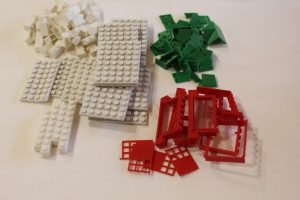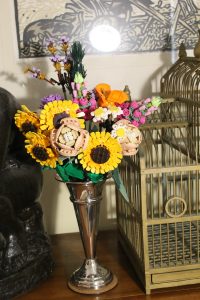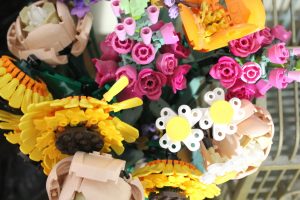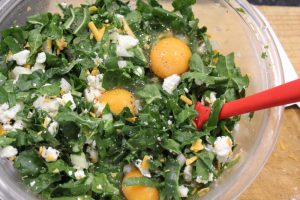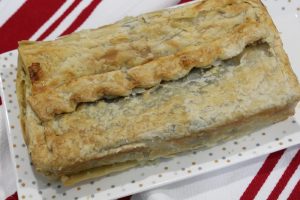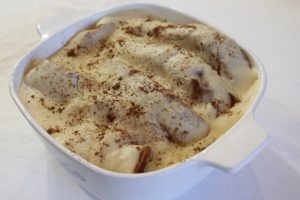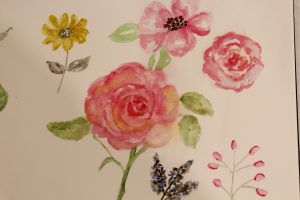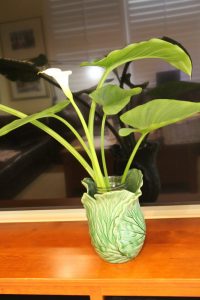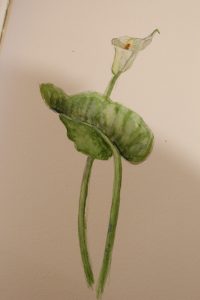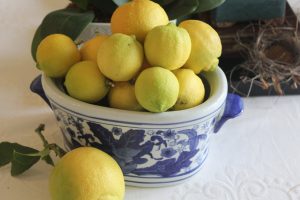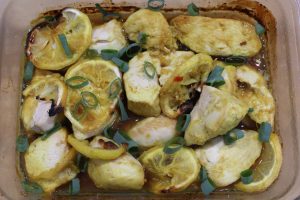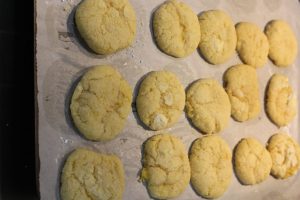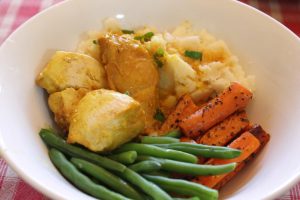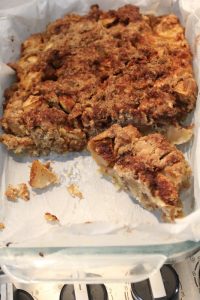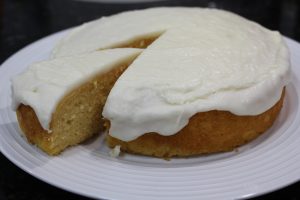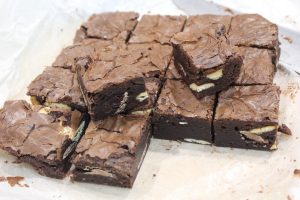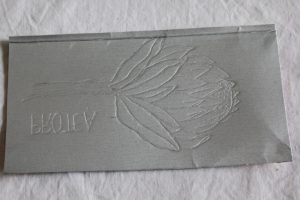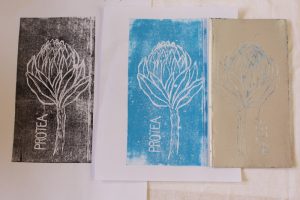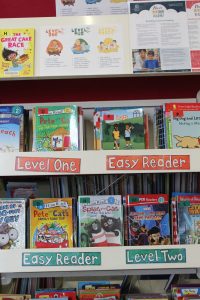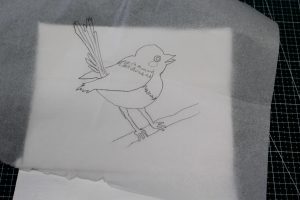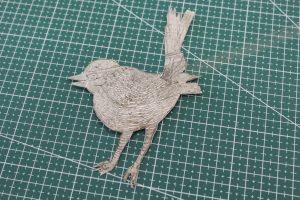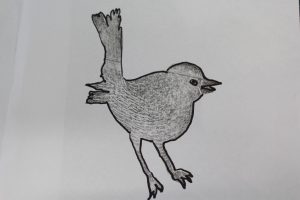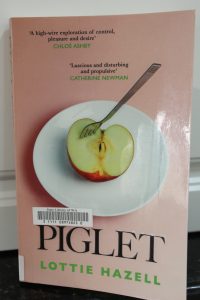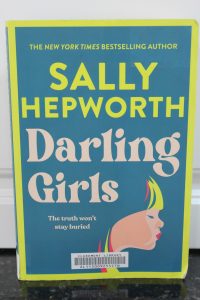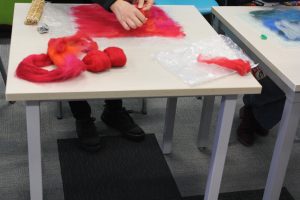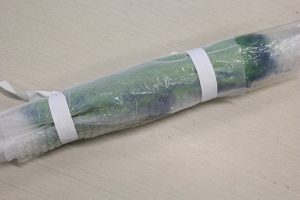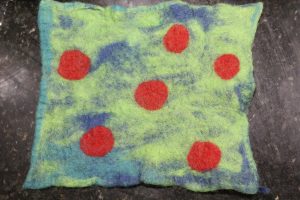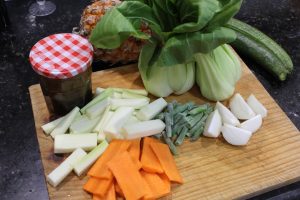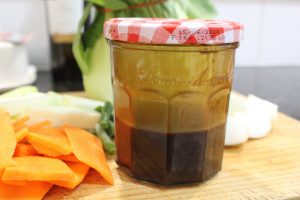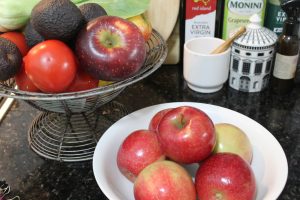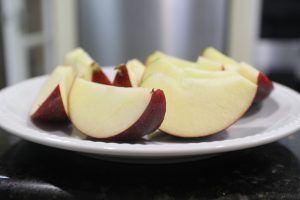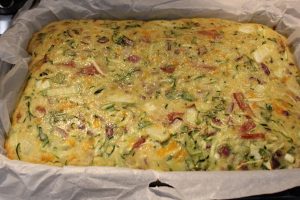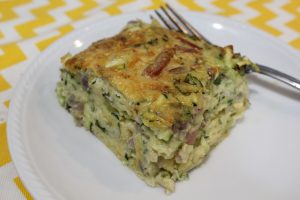sunrise
The days are getting longer! The sun is up before me now. I took this photo a few days ago.
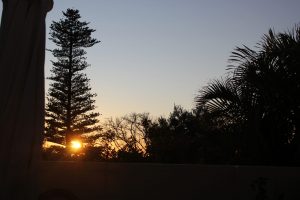

national gallery of london
We have no plans to revisit the UK this year or next year but have very happy memories of previous visits to the National Gallery of London. Celebrating its 200th year, the gallery is considered one of the world’s greatest art galleries. A film has been made as part of the 200 Years of the National Gallery of London celebrations called My National Gallery. Various people working at the gallery, including cleaners, curators, security guards and the director were asked to identify the piece of work which meant the most to them and to explain why.
Great art can communicate with anyone and well known celebrities and other art lovers were also asked to identify one artwork that resonated with them and to explain why it was their favourite. Well known and not so well known people and paintings featured. Their stories were told along with stories about the original gallery, the architecture and development of the current gallery, the modernisation of the new areas and information about how some of the works travel for exhibitions around the UK.
During World War 2 the artworks were safely stored in a slate mine in Wales. Each month a painting was chosen to be returned to the Gallery and displayed. If there was an air raid warning, the painting was quickly taken off the wall and stored in a safe place below the building. During this time a famous concert pianist Myra Hess organised a series of lunchtime concerts, too.
Two things struck me as surprising. So many of the works chosen by the people being interviewed for the film were based religious or Biblical events. The second thing was with few exceptions, the artists were male. Women artists were not taken seriously. This was a thought provoking and interesting film.


JMW Turner (1775-1851) ‘An English Packet Arriving at Calais Pier’
Image, Royalty Free, Wikipedia
My husband’s favourite painting in the gallery is Turner’s ‘An English Packet Arriving at Calais Pier’ . We have visited it many times but often the gallery was crowded. He laid a plan. We’d be first in line when the gallery opened and would go straight to the painting, which was towards the back of the building. When we arrived, I talked to the guard and my husband had nearly fifteen uninterrupted minutes in front of the painting before anybody else arrived. Very satisfying.
neighbours
Do you have lovely neighbours? Since Anzac Day 2020 five neighbours on our side of the street have gathered regularly at each others houses for ‘get togethers’. Sometimes it’s to commemorate Anzac Day together, sometimes it’s ‘Christmas in July’ and sometimes it is for no reason at all, just an opportunity to chat and eat together. The dogs come, too.
Then circumstances resulted in one household preparing to move to another suburb! They’re currently packing and making moving plans. We will miss then being nearby but I’m sure we’ll keep in touch with regular ‘get togethers.’ So on Sunday we converged on another neighbour’s house to say goodbye and good luck. Everyone brought food to share and we settled in for a good catch up. Sad to see them go but they’re happy with their new house and they’ll be invited to every Neighbours Get Together.
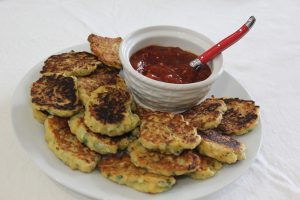

Zucchini and Corn Fritters made with sourdough leftover mother/starter.
sorting
We’ve spent a lot of time sorting out my Mother’s house which involves a four hour journey as well as time spent doing jobs. So it’s no surprise that I couldn’t even recognise some of the things in our freezer. They might have been there for months. Time for a clean out. One of the finds was frozen ham. Half of it, chopped, was added to leftover corn from Sunday’s Zucchini and Corn Fritters, along with tomatoes and some spinach picked from the garden. Added eggs and some yoghurt and baked the resulting pie. Good to tidy the freezer and a rather nice pie, too.
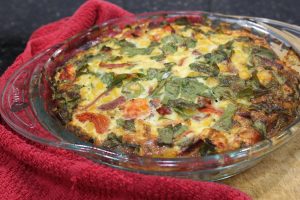

Looks a bit rough, I know, but it tasted very good.

